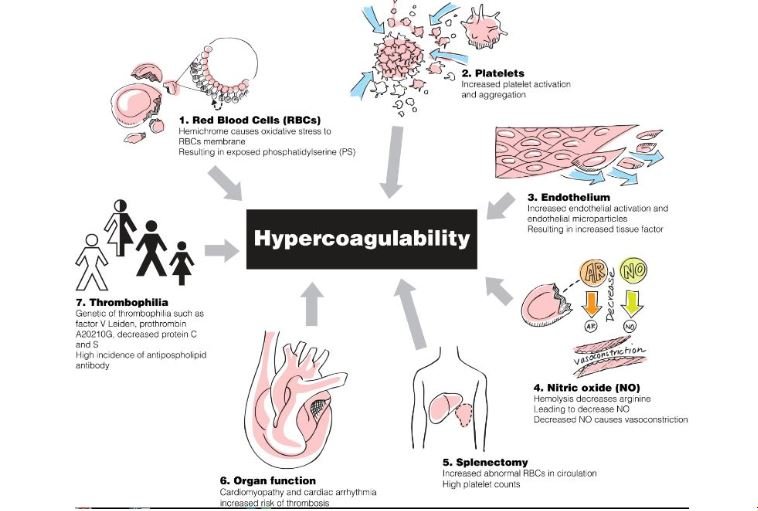A 45 y.o. woman with lupus comes to the ED with R flank pain
The PERC score is negative, the RUQ US does not show gallstones and the CXR is normal
The RV is not enlarged. What is the next step?
A PE CT showed our patient had a significant pulmonary embolus with RLL infarct.
When does the PERC rule fail?
Kline et al reworked the data from a previous paper showing the outcomes of patients who presented to the ED and were diagnosed with PE. They looked at patients who had none of the PERC criteria and still had a PE. They found three groups with PE who would have been PERC negative; those with pleuritic pain, pregnancy or were post partum.
In addition those with thrombophilia ( protein S, protein C, factor V Leiden, lupus anticoagulant or patients with cancer) are at risk for emboli with an incicence of 7.2% in a study by Courtney et al. Remember, patients with covid are also at increased risk. This is because a massive inflammatory response causes a cytokine storm; increasing clotting factors in the blood.
Family history of PE can also increase the risk for PE even if no other criteria are met.
Many conditions result in a hypercoagulable state.
Gestalt is important before the PERC rule is applied. It can only be applied in very low risk patients . Pleuritic chest pain or pregnancy/post-partum conditions,hypercoagulable states and family history of clots increase the risk.
A RLL infarct explaining her pleuritic pain
Our patient had a RLL infarct and was postive for a lupus anticoagulant. Therefore a concern for antiphopholipid syndrome arose. She opted for eliquis although she realizes if the APS test is positive she will be switched to coumadin.
Pollack C, Schreiber D, Goldhaber S, et al. Clinical characteristis, management and outcomes of patients diagnosed with acute pulmonary embolism in the emergency department: initial report of EMPEROR(Multicenter Emergency Medicine Pulmonary Embolism in the Real World Registry). J Am Coll Cardiol. 2011;57(6):700-706.
Kline J, Slattery D, O’Neil B, et al. Clinical features of patients with pulmonary embolism and a negative PERC rule result. Ann Emerg Med. 2013;61(1):122-124.
Courtney D, Kline J, Kabrhel C, et al. Clinical features from the history and physical examination that predict the presence or absece of pulmonary embolism in symptomatic emergency department patients: results of a prospective mulicenter study. An Emerg Med. 2010;55(4):307-315.e1.



